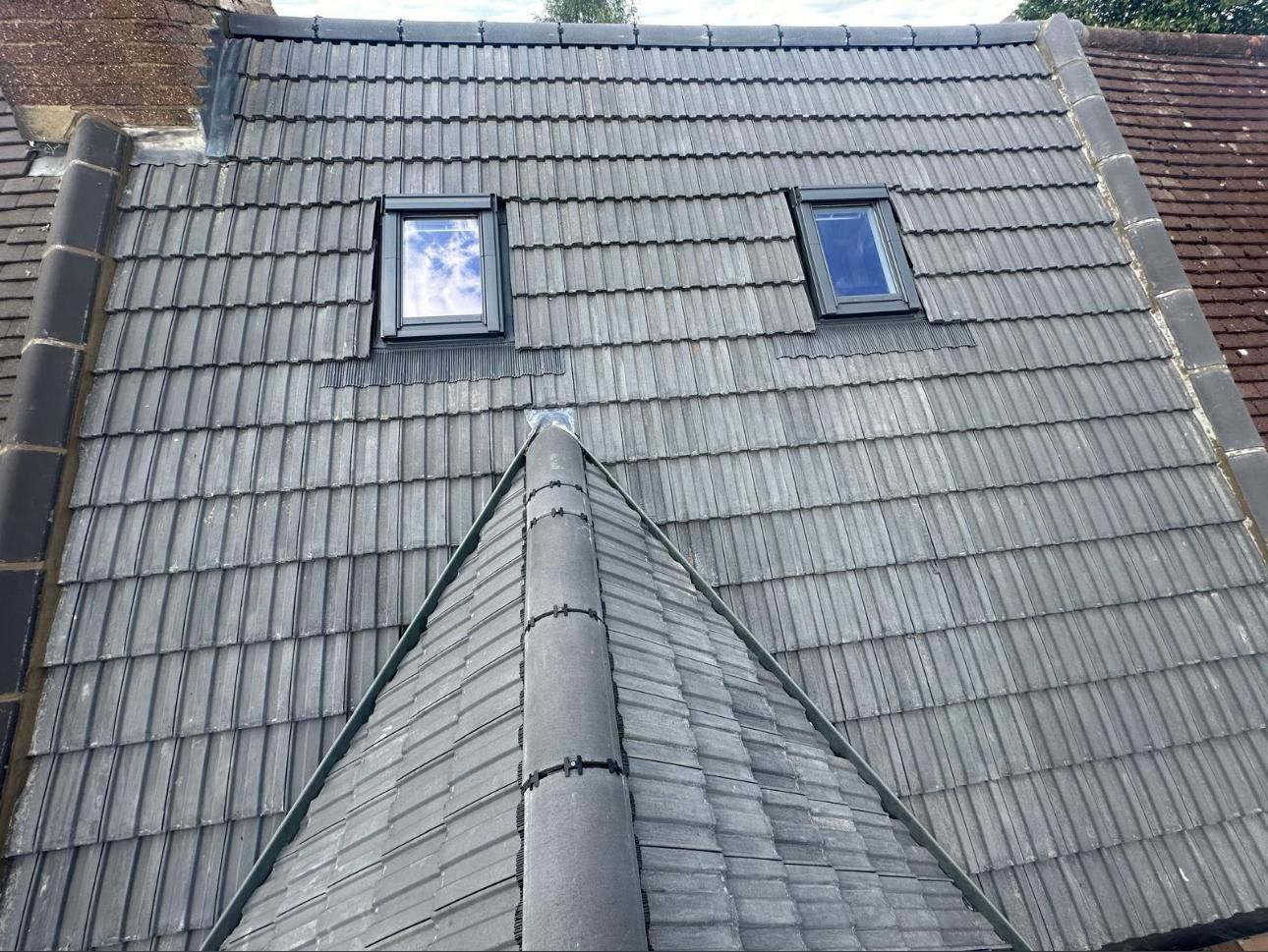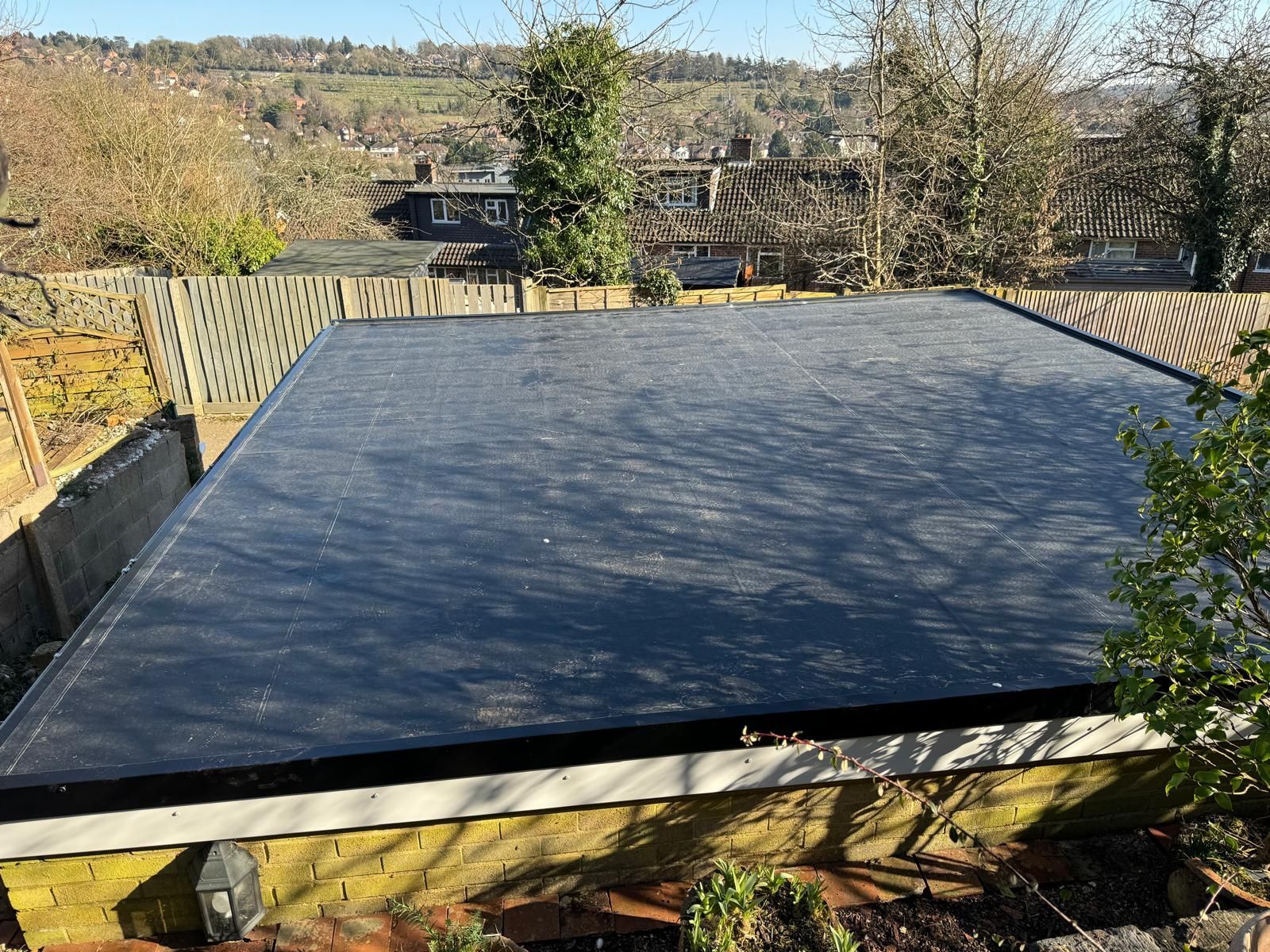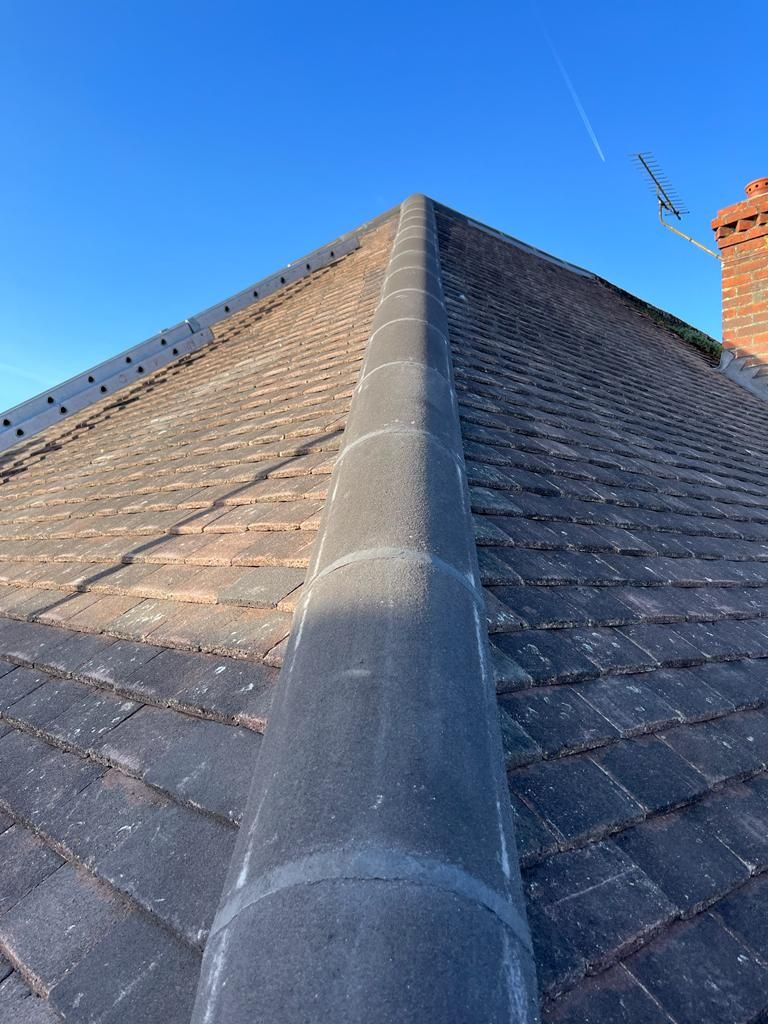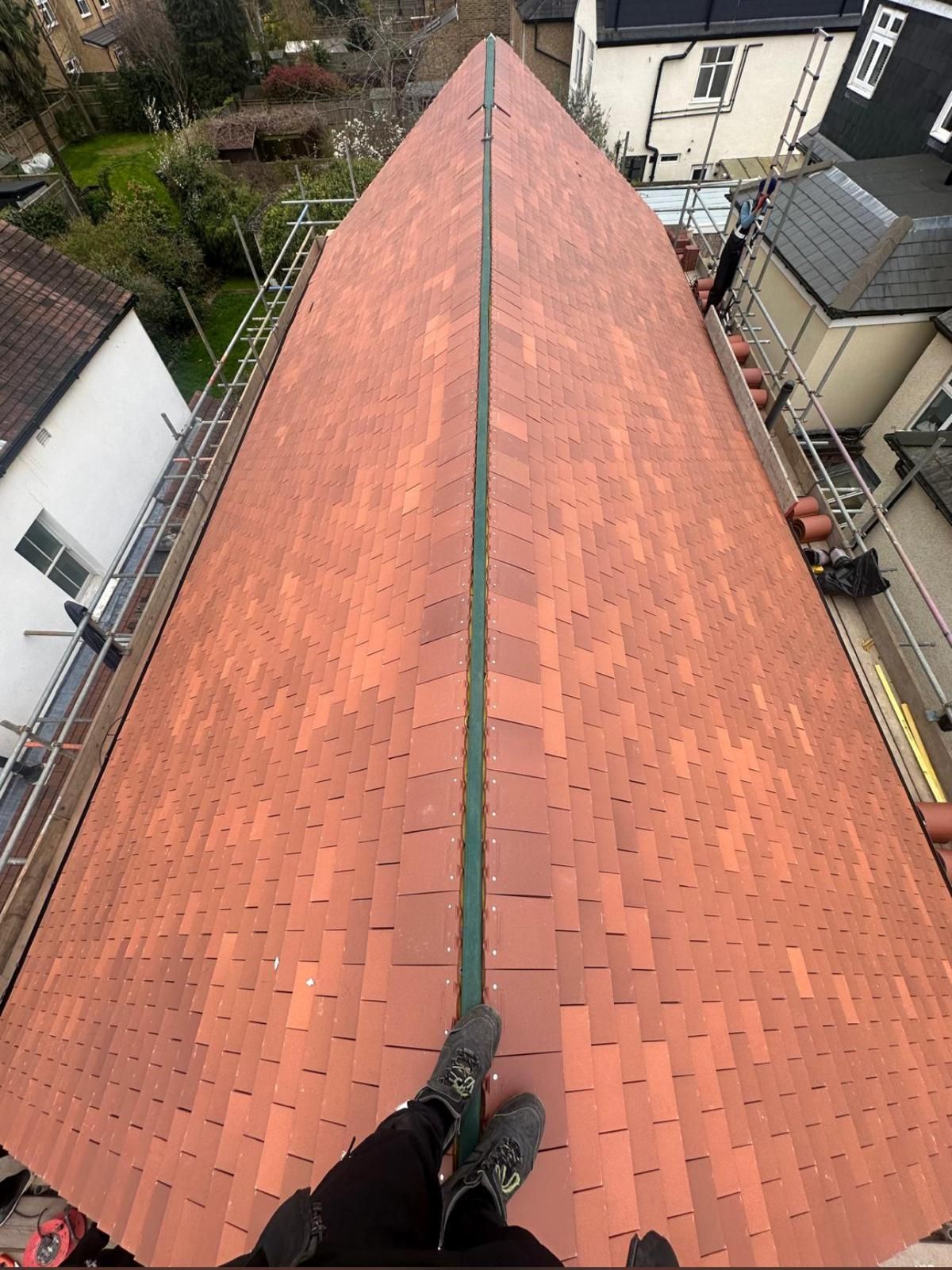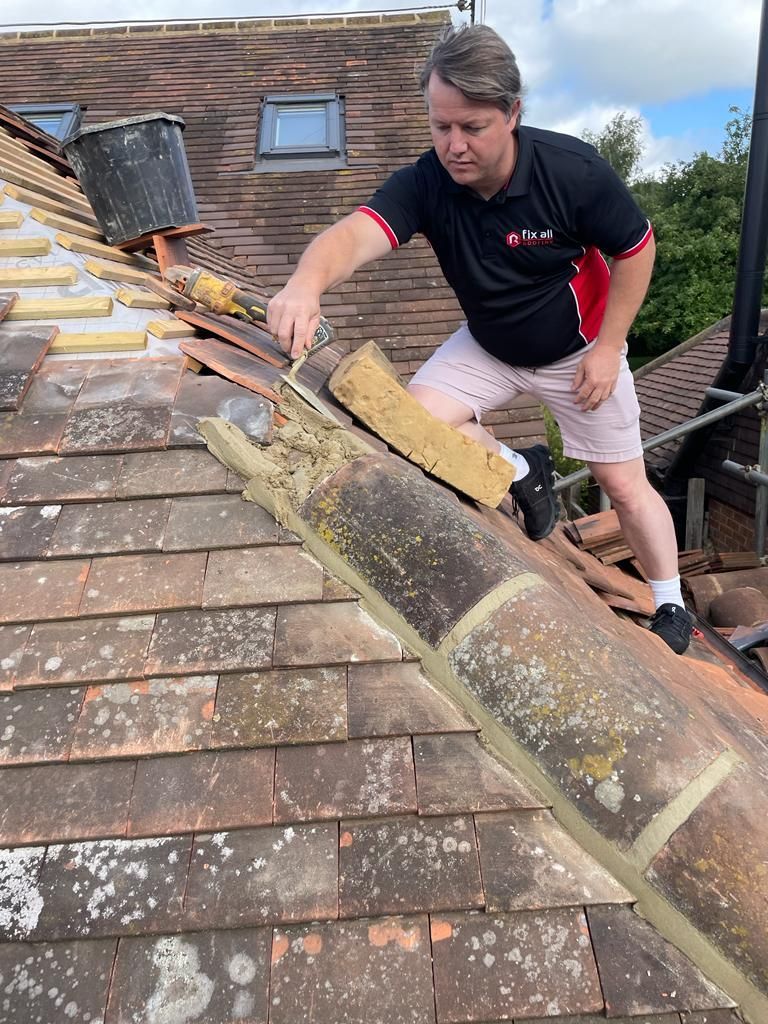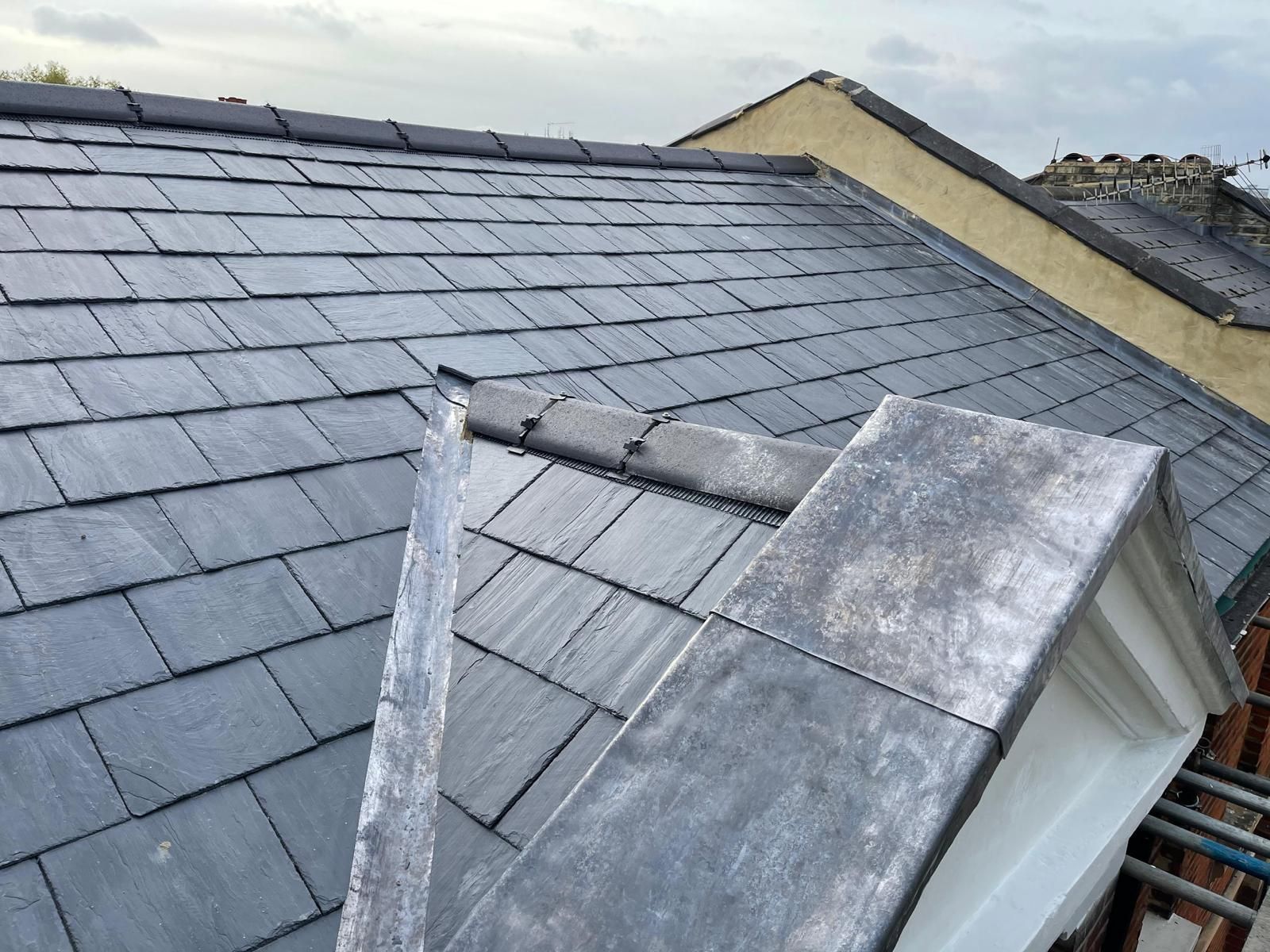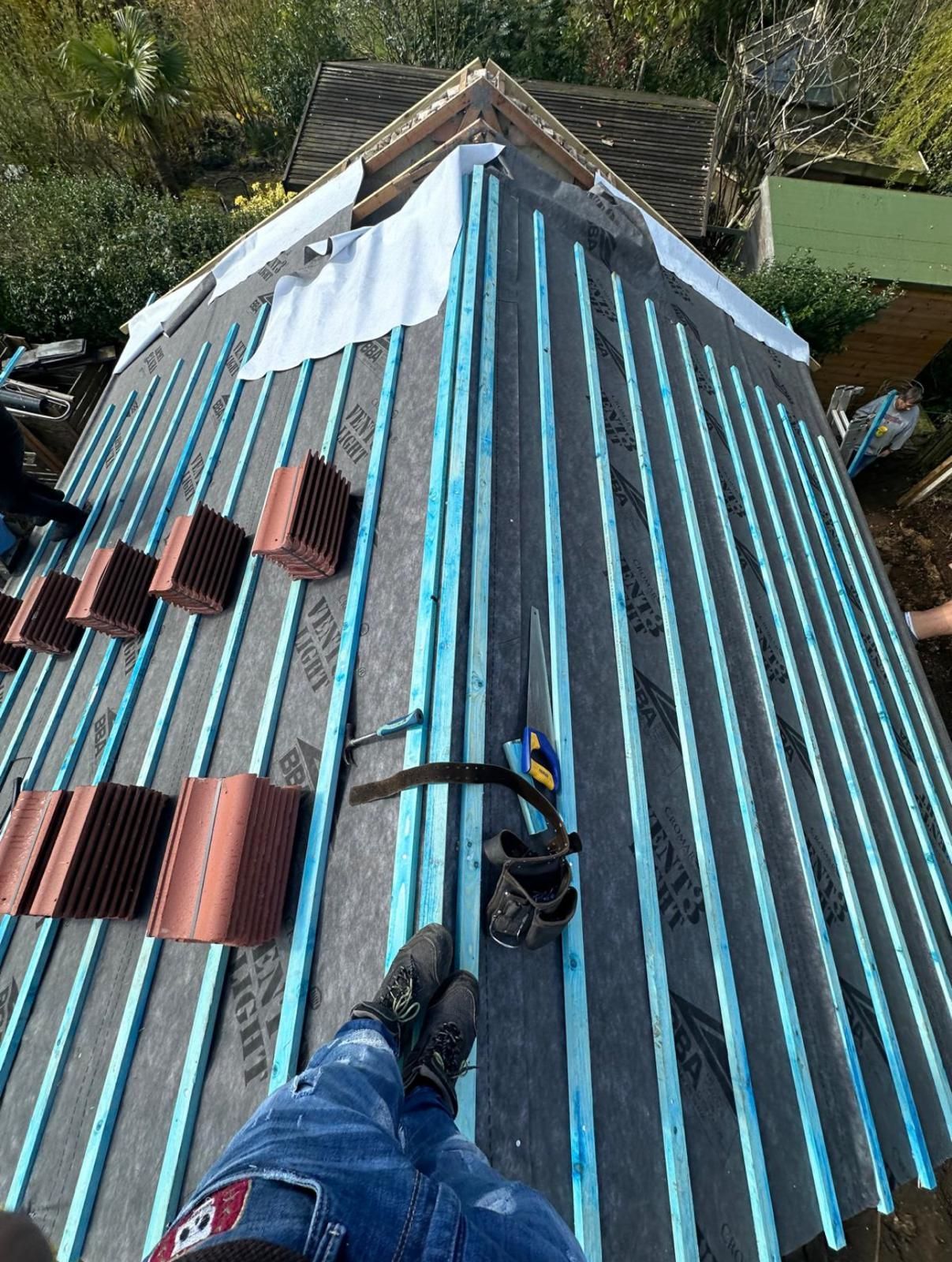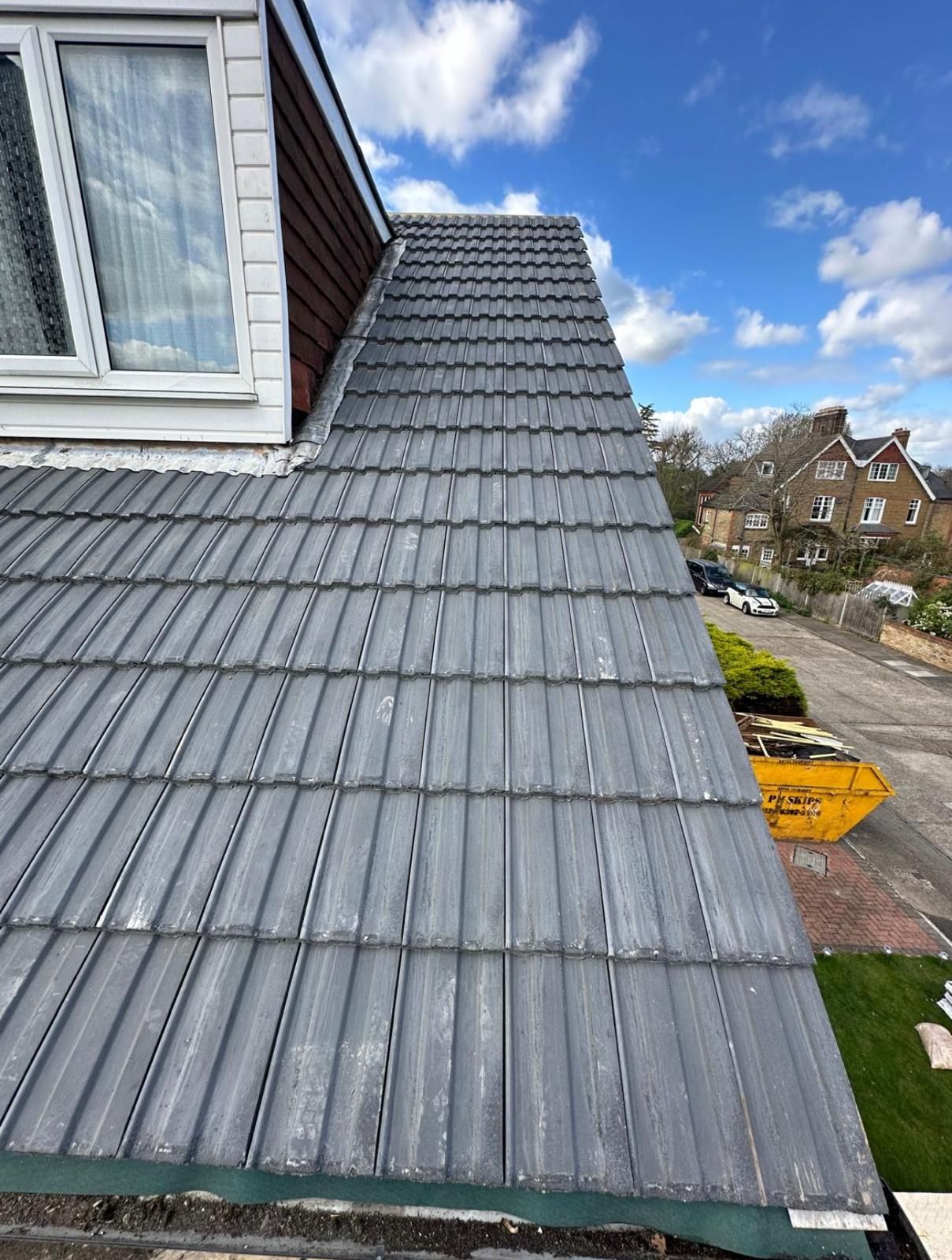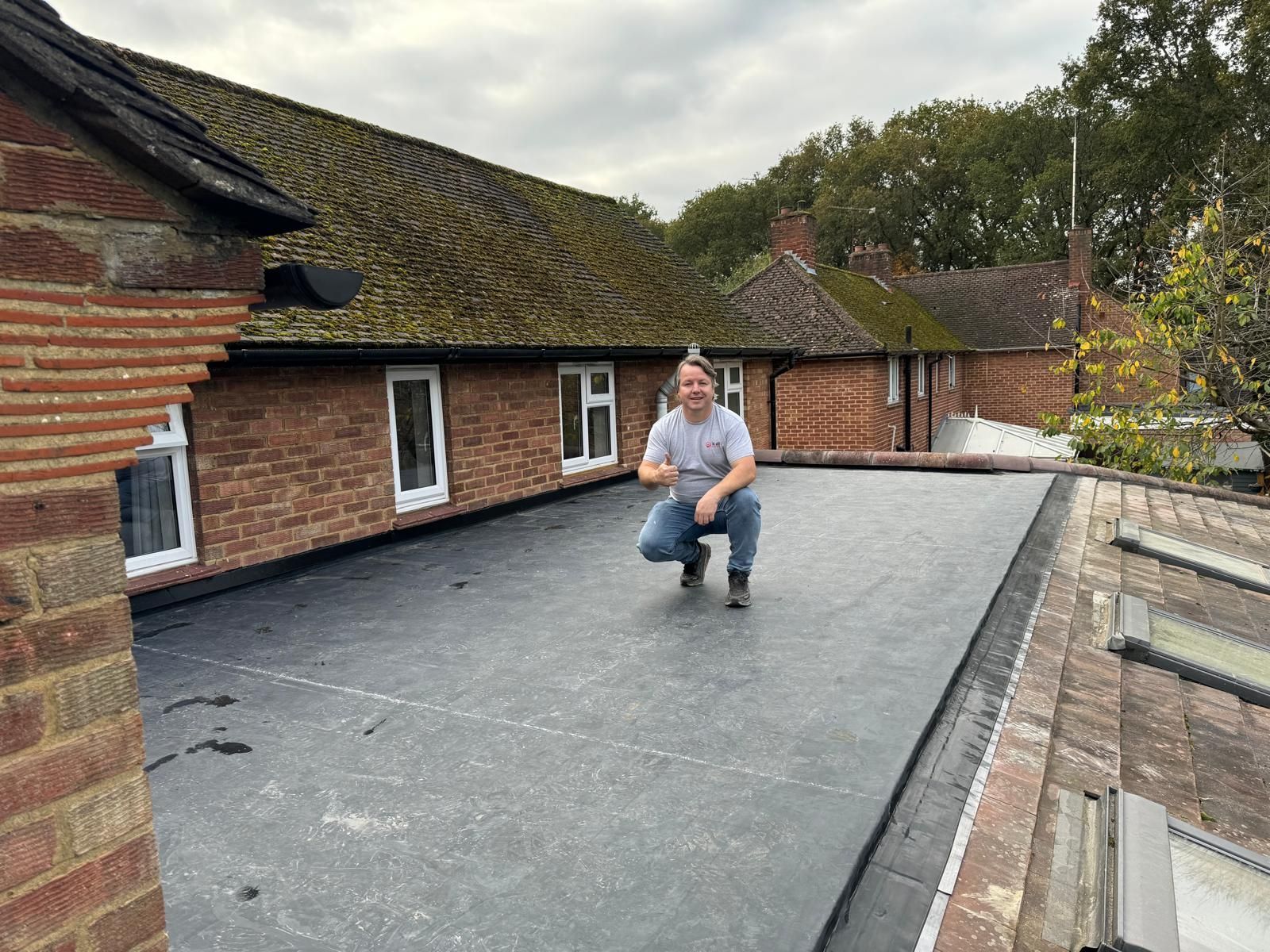
Spray Foam Removal: A Comprehensive Guide
Learn everything you need to know about spray foam removal.
Discover the reasons for removal, methods, and tips for a safe and effective process.
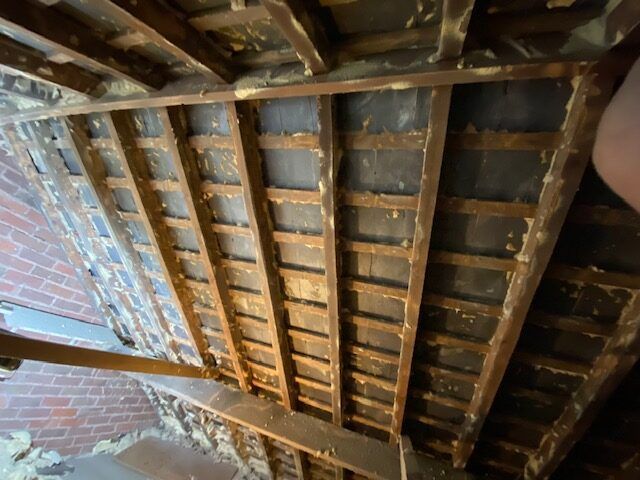
Spray foam insulation was a popular choice for its energy efficiency and ease of application. However, there are instances where spray foam removal becomes necessary. Whether due to poor installation, lending issues, renovation plans, or health concerns, removing spray foam can be a daunting task.
The most popular reason people come to us to have spray foam removed is due to banks not lending on properties with it installed. Unfortunately, contractors that were capitalising on the spray foam insulation grants didn't know or now, choose not to tell unsuspecting homeowners. It grinds our gears that there are people out there still selling it without warning to the removal costs. It doesn't even do much in the way of insulating the house either, just keeps the roof space warm.
This guide will walk you through the reasons for spray foam removal, the methods involved, and tips for ensuring a safe and effective process.
Why Remove Spray Foam Insulation?
- Improper Installation: If spray foam was incorrectly installed, it could lead to gaps, voids, or excessive off-gassing, necessitating removal and reapplication.
- Renovation or Remodelling: During renovations, you might need to remove spray foam to access underlying structures or to replace it with different insulation materials.
- Health Concerns: In rare cases, homeowners may experience health issues due to off-gassing of volatile organic compounds (VOCs) from the spray foam.
- Structural Issues: Excessive or poorly applied spray foam can interfere with the structural integrity of buildings, especially in older homes with delicate frameworks.
Methods for Spray Foam Removal
Removing spray foam insulation is a meticulous process that often requires professional assistance. Here are the primary methods used:
- Mechanical Removal:
- Cutting and Scraping: For large, accessible areas, cutting and scraping with utility knives, saws, or scrapers is common. This method is labour-intensive and requires careful handling to avoid damaging underlying materials.
- Grinding and Sanding: In cases where spray foam is adhered strongly to surfaces, grinding or sanding tools can be used. These tools help smooth out and remove stubborn foam but generate dust and debris, necessitating proper protective equipment.
- Chemical Removal:
- Solvents: Certain solvents can dissolve spray foam, making it easier to remove. These chemicals should be used with caution, as they can be hazardous to health and damaging to surfaces if not applied correctly.
- Professional Products: There are commercial products specifically designed for spray foam removal. These are typically more effective and safer than household solvents, but professional guidance is recommended.
- Heat Application:
- Heat Guns: Applying heat can soften the foam, making it easier to scrape off. This method requires careful control of the heat to avoid fire hazards or damage to surrounding materials.
Tips for Safe and Effective Spray Foam Removal
1. Hire Professionals: Given the complexity and potential hazards involved, hiring professionals with experience in spray foam removal is often the best approach. They have the necessary tools, knowledge, and safety equipment to handle the job efficiently.
"Spray foam removal is a specialised task. Don't risk it yourself; professionals have the tools and expertise to do it safely and effectively."
2. Use Proper Protective Gear: If you decide to undertake the removal yourself, ensure you wear appropriate protective gear, including gloves, goggles, and respiratory protection to safeguard against dust, chemicals, and fumes.
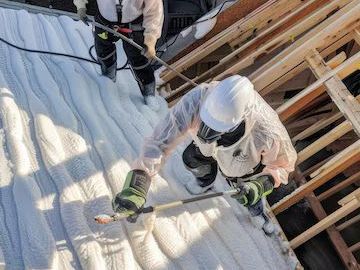
3. Ventilate the Area: Ensure good ventilation in the work area to disperse any harmful fumes or dust particles. Using fans and opening windows can help maintain air quality.
4. Dispose of Waste Properly: Spray foam and associated debris should be disposed of according to local regulations. Check with your local waste management services for guidelines on hazardous material disposal.
5. Test for Harmful Substances: Before beginning removal, test the area for harmful substances like asbestos, especially in older buildings. If found, additional precautions or professional remediation may be necessary.
Conclusion
Spray foam removal is not a task to be taken lightly. Whether due to improper installation, renovation needs, or health concerns, the process requires careful planning and execution. By understanding the reasons for removal, the methods involved, and adhering to safety tips, you can ensure a successful and safe spray foam removal project.
When in doubt, always seek professional assistance to avoid potential hazards and achieve the best results for your home.
For a quote or questions on removing spray foam insulation, contact Fixall roofing today.
Call Us Now For A Free Quote
What You Get from Fix All Roofing;
- An award-winning highly rated local business
- We are always reachable
- We turn up when we say we will
- Our quotes are upfront and transparent
- We respect your home and neighbours and work considerately
- We offer guarantees for our workmanship
- Peace of mind
GOOGLE REVIEWS
CUSTOMER COMMENTS



IAN GREEN

STEVE BAKER
CONTACT US
CONTACT US FOOTER
We will get back to you as soon as possible.
Please try again later.
AREAS WE COVER
Amersham, Ascot, Aston-Clinton, Aylesbury, Beaconsfield, Berkhamsted, Borehamwood, Bracknell, Brentford, Chesham, Chinnor, Edgware, Egham, Haddenham, Harrow, Hayes, Hemel-Hempstead, Henley-On-Thames, High-Wycombe, Maidenhead, Marlow, Princes-Risborough, Richmond, Slough, Watford, Watlington, Wembley, Wendover, Windsor, Winnersh, Woodley, and All Surrounding Areas.
FIXALL ROOFING LIMITED is a registered company in England and Wales.


CONTACT INFO
OUR SERVICES
© Copyright 2024 | All Rights Reserved | Fix All Roofing | Website & SEO by Winston Web Co

